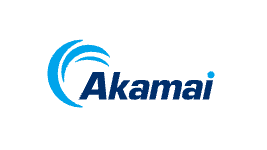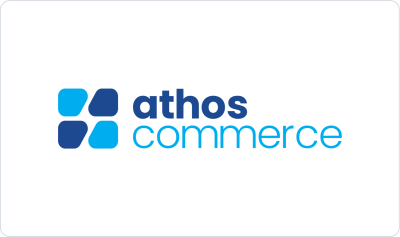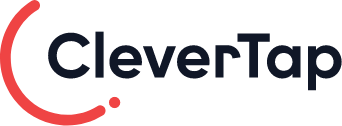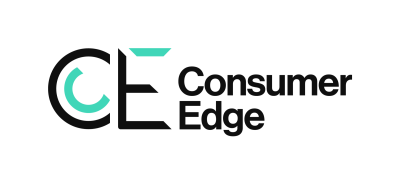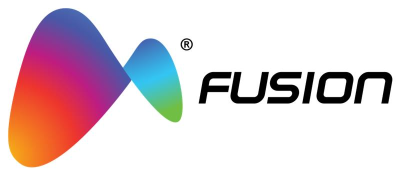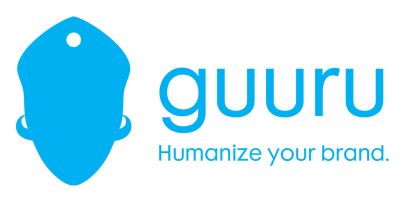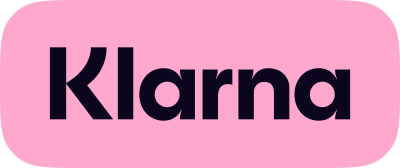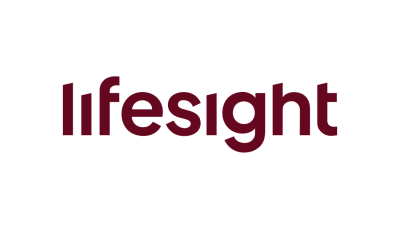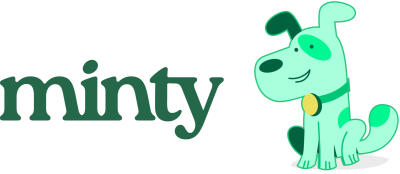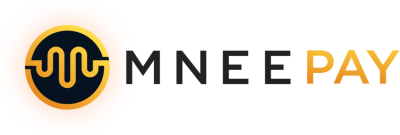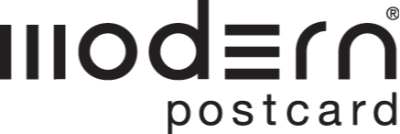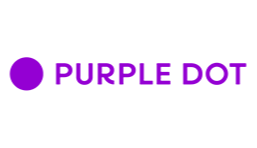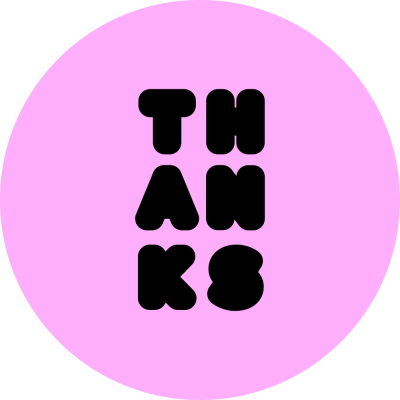4 Simple Ways To Use Psychology In Marketing
By Jacqueline McCarthy
There are tons of ways you can tap into your consumers' subconscious.
Might sound a little odd, but hear me out….
In case you didn't know, almost all of our decisions are based on subconscious reactions to things we see or hear. Harvard Business School emeritus professor, Gerald Zaltmant, says that 95% of our purchase decision making takes place in the subconscious mind.
Ninety-five percent! That's no joke.
Every single piece of information we consume (including advertisements on TV and in magazines) drives us to have some kind of reaction. And those reactions - even if they're very small - ultimately lead to decisions.
- Why am I compelled to choose one dish detergent over another?
- How come every piece of furniture in my bedroom is the same, specific shade of white?
- Is there a reason I'm drawn to one product, despite obvious similarities in another?
Here's the answer: Psychology.
As a marketer, your #1 goal should be to move people - move them to feel something, take action, and, ultimately, make a decision.
Every action we take is rooted in psychology. And only the best of the best marketers will be able to harness that knowledge to move the masses.
There are so many ways to use psychology in marketing. If you do it right, you can get the exact reaction you want out of your prospects - A reaction that will make them choose you instead of the other guy.
#1: Social Proof/In-group Bias
Have you ever heard of the Milgram Experiment? It's one of the most famous studies in psychology.
The study proved that if someone - especially someone in a position of authority - performs an action, then their peers will follow suit. (For a more detailed description of the Milgram experiment, click here).
Beats by Dre employed this method of psychology impressively in their TV spot titled "No Strings" which promoted their wireless headphones.
Twenty celebrities appeared in the commercial, and all of them seemed totally thrilled about being able to go about their lives while listening to music with no "strings" attached.
DJ Khaled waters his plants while wearing wireless noise canceling headphones?!
Ok… I'm gonna head out to pick up a pair… just as soon as I'm done with this blog.
By making your consumer feel like part of an exclusive club - one full of celebrities who wear wireless headphones while walking their dogs and taking out the trash - you make your brand more desirable.
So how do you do it?
Do as Dr. Dre did, and use the people your consumers care about to promote your brand. That doesn't only include celebrities (people your consumers aspire to be). It also includes your consumers' peers.
As human beings, we have an innate desire to belong. We want to be part of a group and to have things in common with one another.
#2: The Bizarreness Effect
Remember that Mountain Dew commercial that aired during Super Bowl 50? The one promoting their new "Kickstart" drink?
It featured a made-up creature with a puppy head, monkey arms and baby legs as the hero, and a repetitive chant of "puppymonkeybaby, puppymonkeybaby" as the soundtrack.
Yep - "Puppy Monkey Baby."
Pretty bizarre, wasn't it?
Regardless of what you felt about that nightmarish beast or the commercial itself, it's safe to say that you weren't able to stop talking or thinking about them for days, months or (in my case) years after the commercial aired.
In my opinion, that was the best and smartest commercial of Superbowl 50.
Why?
Because it uses one of the most effective psychology marketing tactics (one that we often forget)...
The Bizarreness Effect
The Bizarreness Effect (or the Von Restorff Effect) is the theory that the human brain is programmed to pick out things that are unusual or that deviate from the norm. If your brain has specifically targeted something, then it's more than likely that the memory will stick.
Like many others, I am haunted by the strangeness of Puppy Monkey Baby.
For me, it falls into the same category as the "Berries and Cream Lad" (from the Starburst commercial… you know exactly what I'm talking about) - an unmistakable, unforgettable character that you can associate with a single brand.
If made up, very creepy characters don't align with your brand, there are other ways to subtly and tastefully stand out. You need only to employ a differentiator.
Differentiators can include anything from emotive, memorable copy to bolded, colorful text to surprising statistics. The point is not to shy away from doing something out of the norm.
Make your brand stand out, and you'll be sure to be talked about and remembered.
#3: The Ziegarnik Effect
There's a reason why shows like Game of Thrones and Mad Men gathered cult-like followings and have gotten such good ratings.
Each episode gives you just enough information to satisfy all your burning questions from the week before. But then you're left with a cliffhanger and totally new suspicions by the time the newest episode is over. So you wait for the next episode… and then the next episode… season after season... until finally…
The series ends, and every mystery is solved. And you finally feel happy and satisfied.
Our brains are programmed to see things through to completion, especially if attention is captured from the start. People have a desire to fill in gaps with missing information and seek out the end of a story.
Would you believe me if I told you there's a way to use this in your marketing too?
One of the best and most engaging marketing emails I've ever received uses the Ziegarnik Effect.
The email was from Kissmetrics Blog. It wasn't very long, and didn't contain a lot of information - But the information it did contain was smart, funny and leading.
So much so that it made me click the link to get the full story on their blog (which I know is exactly what they wanted).
The best way to work the Ziegarnik Effect into your marketing? Be a good storyteller.
Use leading phrases and ellipses (where appropriate) to signal to your reader that, "there's more where that came from," and to keep them wanting more.
The most impactful opening lines are those that pack a punch without giving too much away. The better your narrative, the more your reader will want to get to the end and, ultimately, take action.
#4: Urgency & Scarcity
There's no scene in cinematic history that accurately describes how a fashion-obsessed woman feels during a sample sale like the one in the Disney movie, "Confessions of a Shopaholic".
Isla Fisher, the red-headed heroine of the film, stands in line at a sample sale with hundreds of other women, anxiously waiting for the warehouse doors to swing open so they can get their hands on discounted luxury brand items. When the doors open, the women stampede the establishment and fight, polished-nail and whitened-tooth, for exclusive Gucci boots and cashmere gloves.
While a little exaggerated, I'd say this scene addresses a fact: That there's nothing a woman won't do for the very last off-the-shoulder eyelet blouse, especially when it's half price.
But is the thrill of a sale totally organic, and do I want to update my rotating wardrobe that badly?
The truth of the matter is that none of us would spend double our money on triple the clothes if marketers didn't place the excitement they do around sales.
There's no better way to move people than to instill the fear that they'll be behind the curve and missing out if they don't act now.
"Class is back in session! Don't miss out on plaid pinafores during our Back to School sales."
Read the above as: Do you really want to be the only one on the first day of class not wearing a plaid jumper?
No one wants to be slow on the uptake.
Lilly Pulitzer's "After Party Sale" is a great example of the urgency and scarcity tactic.
They have only two major sales every calendar year - one at the end of holiday season, and one at the end of summer. They've ramped up this need in their customers to "Get It Before It's Gone" by sending urgent email blasts, putting a countdown clock in the upper right corner of their website, creating guides on how not to miss out on the sale and more.
But does it work?
Lilly Pulitzer is just one of many companies that use urgency, scarcity and exclusivity to push their products, so there's proof in the numbers.
But aside from that, it's a fact that Lilly Pulitzer requires their shoppers to take a number and wait in line to shop for fear of too much web traffic crashing the site.
Lilly Pulitzer marketers should pat themselves on the back. I give them two gold stars - They're doing the urgency thing right.
The point is to push a message that says life is better with your brand than without it.






